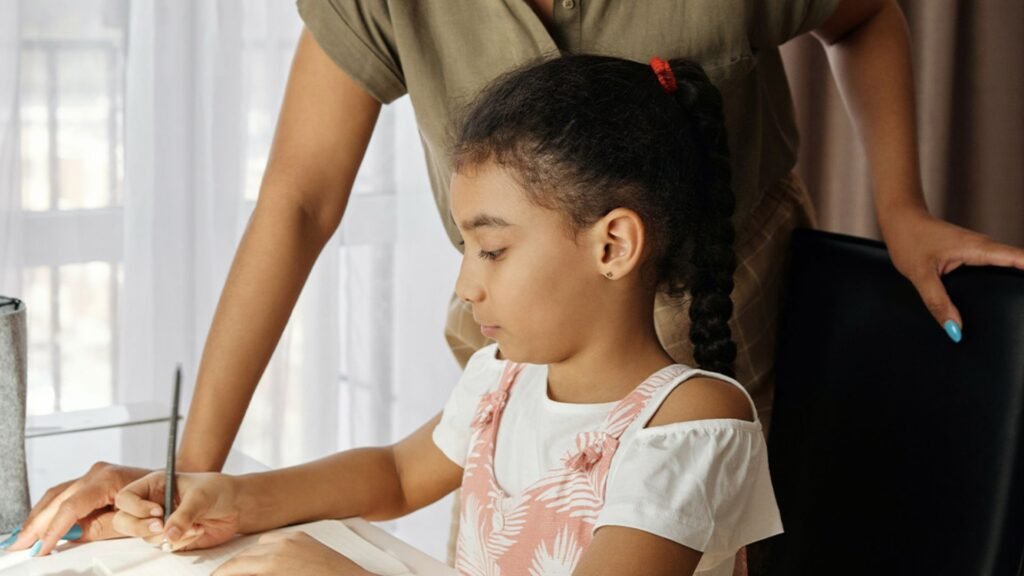Learning disabilities can present unique challenges in educational settings, but schools play a crucial role in providing support and fostering success for affected students. Implementing effective strategies and creating an inclusive environment are essential for helping these children reach their full potential. This article outlines how schools can support children with learning disabilities through various approaches and practices.

1. Identifying and Assessing Learning Disabilities
A. Early Detection
- Screening and Evaluation: Schools should conduct early screenings to identify potential learning disabilities. Regular assessments can help in the early detection and intervention of learning issues.
- Observational Assessments: Teachers and staff should observe students for signs of learning difficulties, such as struggles with reading, writing, or math. Early identification allows for timely support.
B. Comprehensive Evaluation
- Formal Assessments: Utilize standardized tests and evaluations conducted by educational psychologists or specialists to diagnose learning disabilities accurately.
- Individualized Assessments: Consider each student’s unique needs and challenges. Tailor assessments to understand their specific learning styles and difficulties.
2. Implementing Individualized Education Plans (IEPs)
A. Developing an IEP
- Collaborative Approach: Involve teachers, parents, and specialists in developing an Individualized Education Plan (IEP) tailored to the student’s needs. The IEP should address specific learning goals and accommodations.
- Clear Objectives: Set clear, achievable goals for the student based on their strengths and areas for improvement. Ensure that these goals are realistic and measurable.
B. Regular Review and Adjustment
- Ongoing Monitoring: Regularly review and adjust the IEP based on the student’s progress and evolving needs. Adapt the plan as necessary to ensure it remains effective.
- Feedback and Communication: Maintain open communication with parents and guardians to gather feedback and make necessary adjustments to the IEP.
3. Providing Accommodations and Support
A. Classroom Modifications
- Flexible Teaching Methods: Implement teaching strategies that accommodate different learning styles, such as visual aids, hands-on activities, or oral instructions.
- Assistive Technology: Utilize assistive technologies, such as text-to-speech software or audiobooks, to support students with learning disabilities.
B. Targeted Interventions
- Specialized Instruction: Offer targeted instruction and support through resource rooms or small-group sessions to address specific learning needs.
- Tutoring and Extra Help: Provide additional tutoring or academic support to help students grasp challenging concepts and build confidence in their abilities.
4. Fostering an Inclusive Learning Environment
A. Promoting Understanding and Acceptance
- Educate Peers: Teach students about learning disabilities to foster understanding and reduce stigma. Encourage a culture of acceptance and support within the classroom.
- Encourage Peer Support: Create opportunities for peer mentoring and collaboration. Students can benefit from working with classmates who offer support and encouragement.
B. Building a Positive Classroom Atmosphere
- Encourage Participation: Create a supportive classroom environment where all students feel valued and encouraged to participate. Avoid singling out students with learning disabilities.
- Celebrate Achievements: Recognize and celebrate the accomplishments of all students, including those with learning disabilities. Positive reinforcement boosts motivation and self-esteem.
5. Engaging Families and Caregivers
A. Building Partnerships
- Collaborative Communication: Maintain regular communication with parents and caregivers. Share updates on progress, discuss strategies, and address any concerns collaboratively.
- Provide Resources: Offer resources and information to families about learning disabilities and available support services. Empower them to support their child’s learning at home.
B. Encouraging Home-School Collaboration
- Joint Goal Setting: Work with families to set educational goals that align with the student’s IEP. Collaborate on strategies to support learning both at school and at home.
- Parent Workshops: Organize workshops or informational sessions for parents to help them understand learning disabilities and learn effective strategies for supporting their child.
6. Professional Development for Educators
A. Training and Education
- Specialized Training: Provide teachers and staff with professional development on learning disabilities, effective teaching strategies, and the use of assistive technologies.
- Ongoing Learning: Encourage continuous learning and staying updated on the latest research and best practices for supporting students with learning disabilities.
B. Creating Support Networks
- Peer Support: Foster a network of educators who can share experiences, resources, and strategies for supporting students with learning disabilities.
- Access to Specialists: Ensure that teachers have access to specialists, such as special education teachers and psychologists, for guidance and support.
Conclusion
Supporting children with learning disabilities requires a multifaceted approach that includes early identification, individualized planning, classroom accommodations, and strong collaboration with families. By fostering an inclusive environment and providing targeted support, schools can help these students thrive academically and emotionally. Investing in effective strategies and continuous professional development ensures that every child has the opportunity to succeed and reach their full potential.

